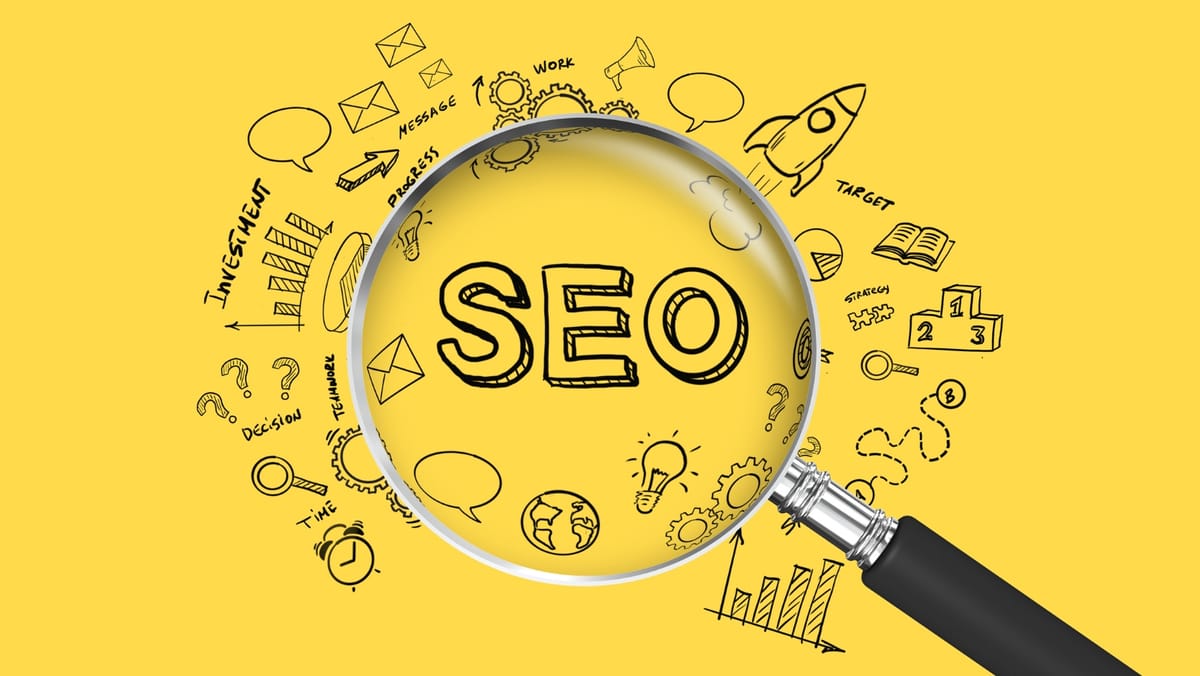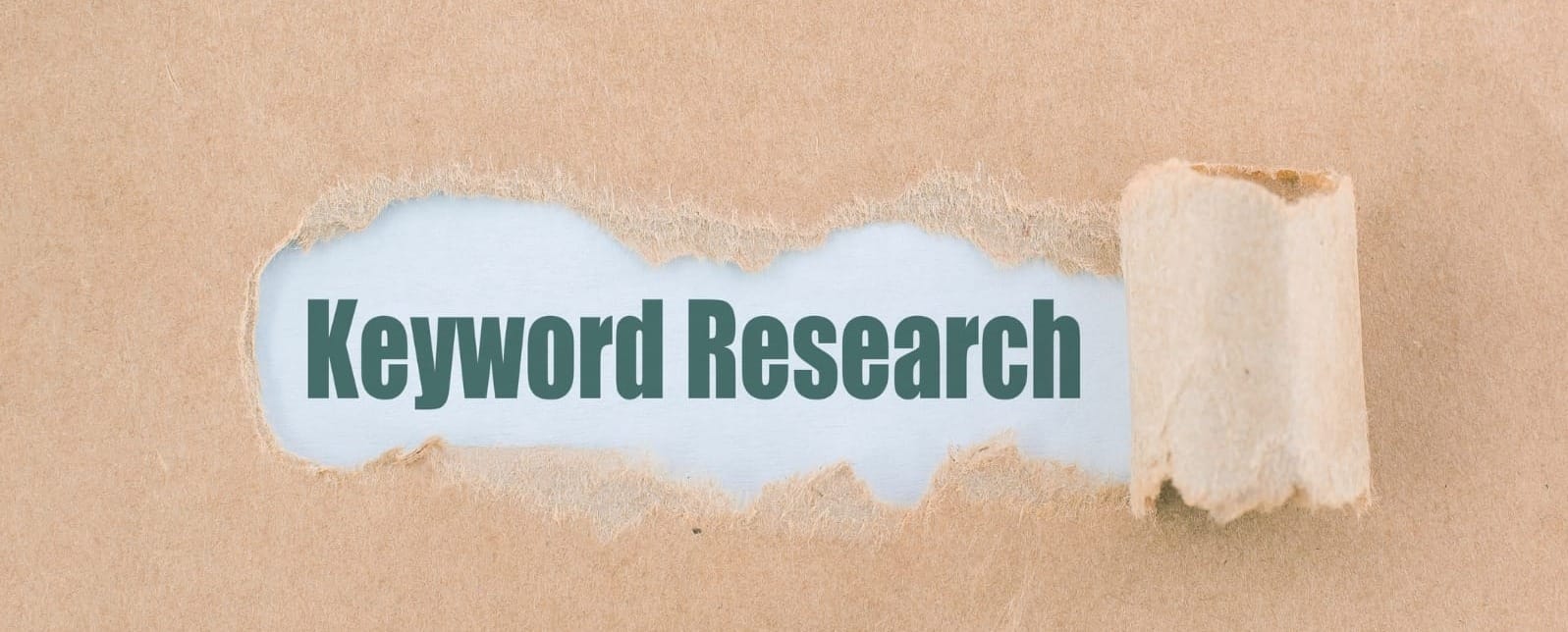Mastering SEO Optimization: Techniques to Elevate Your Website's Search Rankings

Marketing goes beyond social media and ad spending. It involves actions to aid customers in discovering your business, including organic search results, which contribute to more than half of your web traffic.
Before we get into the various techniques to elevate your search ranking, what is SEO?
SEO ranking, also known as search engine optimization ranking, indicates where a website or webpage stands on search engine results pages (SERPs) when a user conducts a search. The higher the position of the page's link in the search results, the more likely it is to be noticed, resulting in increased traffic and visibility.
SERP(Search engine results page) is the page any search engine displays in response to a search query. In layman's terms, you see the page after a Google search. It includes a range of types of information such as paid ads, images, videos, and other relevant content.
Why is your website search ranking important?
Simply put Higher rank = More Organic Traffic.
If your page shows up on the first page of Google results, it is considered good, but showing up on the top 3 search results is considered excellent! (Paid ads aside). Aiming to be the number 1 searched result is encouraged but has yet to be promised, SERP rankings change in real time, which is why SEO optimization must be a continuous process and not a one-time fix.
There are a few advantages to having good SEO, they are
- Organic traffic
- Brand awareness
- Low cost of customer acquisition
- More conversions
Now that we've covered the advantages of having strong SEO, let's delve into some effective techniques to improve your website's search ranking:

Keyword Research and Optimization
Keyword optimization, also referred to as keyword research, involves researching, analyzing, and selecting the most suitable keywords to target to attract qualified traffic from search engines to your website.
There are about 3 criteria to pay attention to when undergoing research namely, the amount of times a keyword is searched (Search Volume), how competitive the bidding for a keyword (Keyword Difficulty), and the intention behind why the user is using a specific keyword (Search Intent).
It's important to understand what the goal of a user is when a search is initiated. For example: Gifts for Mom and Gifts for Mother’s Day, might have the same intention but will lead to two very different search results.
These keywords are then incorporated into the website in various locations such as page titles, meta descriptions, keyword phrases in image alt text, URL slug names, and more.
The worst thing a marketer can do is keyword stuffing, which essentially means cramming of keywords into posts, titles, meta tags, and visible content to unnaturally force the system for a higher SEO ranking. Not only is this unethical but it also violates search engine guidelines and will only lead to Google lowering the search rank of the website.

High-Quality Content Creation
The importance of having high-quality content cannot be expressed enough as when it comes to SEO, your content can't be good, it needs to be great!
The objective is to have comprehensive, high-quality content which can help answer a user's query.
For example: If a user searches, Cycle Care, of course, they would expect general instructions on cleaning gears, greasing, and how often should you fill the air. In addition, they would also appreciate getting information about, recommended maintenance products, instructions on fixing derailment of chains, and when to get spokes tuned.
Google has its standard for determining the quality of content published on websites, through what they call, EEAT.
- Experience: First-hand experience with the content presented
- Expertise: Be an expert in that niche/topic
- Authoritativeness: Credibility of the content and the website’s reputation
- Trustworthiness: The website should be trustworthy, by the accuracy of the information, proper citing of sources, and author credentials.
On-Page SEO Optimization
The objective is to optimize various on-page elements to improve your website's visibility in search results. This comprises of optimizing title tags, meta descriptions, URL structures, and image alt attributes with relevant keywords. Additionally, ensure that your website's content is well-organized, easy to read, and properly formatted for both users and search engines.
Before we get into the types of On-Page SEO techniques, let's explore the difference between On-Page & Off-Page SEO.
On-page includes anything you do on the website/webpages (internally) and one of the biggest factors of Off-Page SEO is backlinks, which will be later explained in the article.
There are many ways of optimizing On-page SEO and some of them are:
- Keyword phrases in page titles.
- Use of Header tags such as h1 for titles, h2 & h3 for sub-headings.
- Meta Descriptions are used in body copy and other content forms.
- Image alt texts are always good SEO practice.
- Webpage text structure and hierarchy
- Optimized URLs with slug names
These are just a few ways you can boost your search ranking and be in compliance with good SEO guidelines

Mobile Optimization
About 60% of organic website visits come from Mobile, with more increasing every day.
Furthermore, Google's algorithms now give precedence to indexing the mobile version of websites before the desktop version. This implies that a lack of mobile optimization could impact your site's ranking and hinder its visibility on search engine results pages.
There are multiple ways to check if your website is optimized for mobile, two popular approaches are through Google Search Console - Mobile Usability and Google PageSpeed Insights.
Below are some of the best practices when it comes to SEO mobile optimization:
- Make your website mobile-friendly and responsive: this includes making the buttons optimized for touch, readability, image sizes, and more
- Run a site audit to ensure it is easy for web crawlers to do their magic.
- All images and videos must be optimized using compressed high-quality images, image sitemaps, and more.
- Take advantage of white spaces and clean up the design.

Page Speed Optimization
Page loading speed is one of the leading factors when it comes to search ranking and good user experience. Users are more likely to leave a webpage if it takes too long to load.
Some approaches to enhance your website's loading speed involve optimizing images, minimizing CSS and JavaScript files, employing browser caching, and utilizing a content delivery network (CDN) to efficiently deliver content to users globally.
It's time to get a pulse on your website's speed with Google's Speed Index tool and accelerate your online presence.
Secure Website (HTTPS Everywhere)
An important factor of SEO is securing your website with a Secure Socket Layer (SSL) certificate, which in simple terms encrypts the data sent between a website and the browser to prevent hackers from obtaining any information. In addition, having a certified SSL chain would reduce site verification delays.
Google search will only recommend sites that are secure to its users, while also awarding a slight ranking boost to these secure sites.
Note: As far as security certificates go, SSL is a commonly used term, TLS (Transport Layer Security) is the new updated version of SSL, as it has overcome some of the vulnerabilities of SSL.
Level up your website security: snag the newest TLS from DigiCert.
Backlinks
Backlinks are links that go from another website to your website. There are a few benefits to backlinks such as Brand awareness, Increase in traffic and it can boost your SEO performance.
Below is an example to explain what a backlink looks like
In SEO, backlinks are crucial as Google views them as recommendations. The more recommendations you accumulate from credible and higher-ranked websites, the greater your search ranking improves, leading to increased organic traffic.
Ensure diversity in your backlink portfolio to avoid appearing spammy; having an array of websites is crucial.
There are a few ways to help you generate backlinks, they are:
- Create great content
- Become a source for other publishers
- Reach out to Journalists
- Get “Best XYZ” mentions and more.
Internal Linking
Internal linking, akin to backlinks, connects different pages within your website, aiming to help search engines understand your website structure and aid users in finding relevant content with ease.
A benefit of internal linking is the passing of authority, where if Google has determined that Page A is a good credible page, linking pages B & C, allows them to enjoy the same benefits as Page A.
So, as you embark on your SEO journey armed with these powerful techniques, stay agile, keep experimenting, and don't be afraid to think outside the box.
After all, in the realm of SEO, the road less traveled often leads to the top of the search rankings.
Here's to your website's rise to SEO stardom – may your rankings be high, your traffic be plentiful, and your competitors be left scratching their heads in awe.
Happy optimizing!
Stay tuned and subscribe to stay updated with the ever-changing landscape of Marketing!




